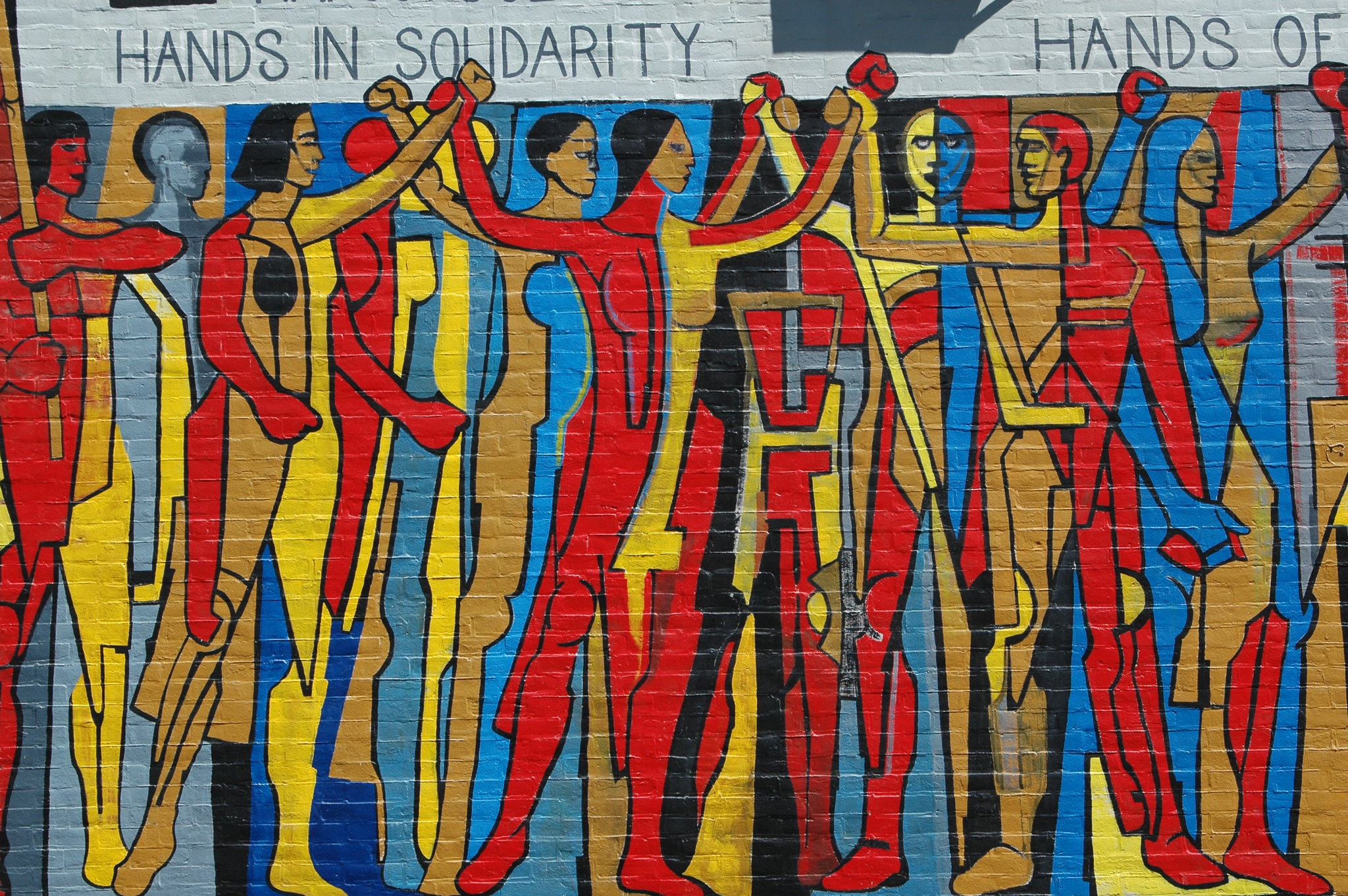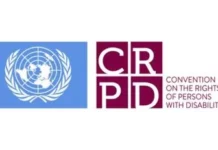A recently published article in Social Science & Medicine introduces intersectionality theory as an effective qualitative health research approach to address health inequities. A team of community health researchers, led by Jasmine Abrams at Boston University, demonstrates how a critical, socio-historical understanding of oppressive systems and their intersections can impact the research process from design to dissemination to advance health equity.
Intersectionality theory highlights how power operates in society, revealing how health disparities are produced and how these power dynamics can be reproduced in research.
“Illuminating socio-historical forces of marginalization and thereby better contextualizing phenomena under study, intersectionality theory… values and can guide the implementation of research methods that capture the lived and multifaceted experience of individuals at the crossroads of oppressed identities and social positions/locations,” the authors write.

Intersectionality views people’s identities in a holistic manner while centering social justice and equity. It formally emerged from Black feminist legal scholar Kimberlé Crenshaw’s analysis of Black women’s’ experience of the interconnected oppressions of sexism and racism within the justice system.
Rather than seeing each socially constructed identity (e.g., race, gender, class, sexuality, etc.) as distinct, intersectionality understands that people have multiple, dynamic identities that are not so easily separated from each other. Within a matrix of interlocking systems of oppression, an individual’s particular social location is multidimensional.
As it pertains to health sciences, intersectional approaches make explicit the underlying power structures that shape peoples’ experiences by addressing health inequities and relating people’s experiences of them.
An intersectionality approach begins from the following assumptions:
- All individuals have multiple identities that converge.
- Within each identity exists a power dimension (i.e., marginalized to privileged).
- While held by individuals, identities are formed in a socio-political context and are thus changeable depending on that context.
The authors assert that using this framework in health research can better capture the complexity of intersecting privileged and oppressed identities in all groups and individuals. However, there has been relatively little guidance for health researchers on how to implement an intersectional framework.
The authors suggest that qualitative research is well-suited for utilizing intersectional theory. They point out how identity is often thought about on a single axis, seeing someone’s multiple identities as a sort of quantitative calculation of marginalization/privilege. They also warn against a ‘flattening of intersectionality’ that over-focuses on the individual experience of marginalized identities rather than pointing out social inequities shaping that experience and targeting them. They explain:
“Further, the theory allows for the advancement of social justice via critical study of health disparities, the illness experience, constructions of cultural illness narratives, health behaviors and practices, experiences of caregivers, systematic influences on health outcomes, and health services at individual, interpersonal, community, structural, and a combination of the aforenoted levels.”
Depending on the research aims, intersectionality can be utilized at different points in the research process, such as informing the methodology and/or using intersectional theory to guide data analysis. The authors also recommend using it during study conceptualization to assist researchers in thinking through their relationship with participants through every phase of the research process. This allows researchers to capture participants’ lived realities more authentically, which may generate more robust and nuanced findings.
In an intersectional approach, researchers consider the extent they share identities with their participants (i.e., ‘insiders’) and where they are ‘outsiders.’ Abrams and her team recommend having research teams of diverse identities (including insiders and outsiders), doing some critical self-reflection, and engaging with the communities of interest that participants are part of before starting the research process.
They suggest collaborating with communities in every stage of the research process, including decision-making, recruitment strategies, interviewing protocols, data collection sites and times, and incentive amounts for participation. This may include using community advisory boards or training community members as study team members (including interviewers) as in community-based participatory research (CBPR).
“Shared decision-making, a concept adapted from medical literature, should involve an ongoing process of information-sharing, open dialogue about benefits and harms, and decision-making about research methodology, epistemology (with respect to cultural norms, boundaries, and ownership), and dissemination of findings,” they argue.
Researchers are asked to reflect on the following questions: (1) Who are the individuals in the category of interest? 2) What is the role of inequality in their lives? 3) What commonalities exist across the multiple identities of participants?
Researchers should then critically examine the role of marginalization and the social forces that drive inequities as it relates to the phenomena under study.
When it comes to study recruitment, the authors suggest focusing on locations beyond traditional health sites (e.g., outpatient clinics) such as “advocacy organizations, religious centers, empowerment groups, community centers, hair and nail salons, restaurants, sororities/fraternities, and other public service organizations, and web-based locations such as social media, chatrooms, blogs, and support groups.” “Matching” researchers with participants based on shared identities can also enhance recruitment efforts.
Sampling methods that can align with intersectionality include purposively recruiting participants at the intersection of particular identities. Snowball sampling methods, where participants get people they know in their social network to join the study, can also be used to target people with stigmatized or hidden identities. Venue-based or time-location sampling has researchers interact with hard-to-reach populations in the places and times where they gather (e.g., nightclubs). The authors suggest combining recruitment strategies to minimize selection bias and threats to the trustworthiness of data.
For data collection in focus groups and interviews, intersectionality can guide researchers by developing interview guides and refining questions as researchers increase their depth of understanding. The authors also suggest obtaining information at individual, relational, cultural, and structural levels for a more holistic analysis of marginalization and privilege.
There are significant barriers to shifting health research in this way. For instance, researchers need to balance the needs of privacy and confidentiality with respecting participants’ choice to be identified as a resistance to their experiences of previously being silenced. Signing consent forms may deter participation for some people, so researchers might check with their institutional review boards (IRB) on offering alternative methods of informed consent (e.g., verbal consent, waiver of consent). It is also suggested to use a pre-consent quiz to assess a participant’s understanding of the study aims, procedures, and their rights.
“[Intersectionality] requires team members to be reflexive and aware of the boundaries of their own understanding, predicated on power differentials and privilege associated with their own identities as well as their positionalities as researchers,” the authors write. “Implementation of reflexivity allows researchers to examine their own identities and relationships to structures of privilege and oppression in relation to the research topic and participants.”
To increase researchers’ reflexivity, the authors strongly suggest the research team complete training in cultural humility and structural competency. Reflexivity can be practiced through: Acknowledging, examining, and setting aside biases and assumptions (i.e., bracketing); reflecting on one’s assumptions while doing the research (i.e., epistemological reflexivity); and examining socio-political conditions linked to research (i.e., critical theory standpoint). Practices such as reflexive journaling help researchers with these processes.
As intersectionality theory applies to data analysis, researchers are encouraged to take a more comprehensive approach at both the surface and deeper levels of meaning. When it comes to posing questions to investigate, they should consider how social categories or existing social relations (i.e., hierarchy, inequality) are framed (e.g., how do healthcare providers from more privileged backgrounds change their practice with cancer patients of lower-class status?).
Researchers should also consider which societal contexts (e.g., organizational, representational, interpersonal, and experiential) are relevant to the research question(s) (e.g., how are clinic staff at a family care practice trained to approach LGBTQ+ patients?). Finally, they are urged to use knowledge of history to identify which historical processes or outcomes are related to the research aims (e.g., heteronormativity in healthcare).
As it stands, many health science theories informed by WEIRD, homogenous samples limit their generalizability. Actively incorporating marginalized perspectives into empirical research can then be used to reduced health disparities affecting those populations. Using the intersectionality framework, we can examine the influence of multiple identity categories and hierarchical power dynamics that goes beyond the narrow focus of additive approaches (e.g., studying race and class, instead of race or class). The authors conclude:
“Through intersectionality, we can illuminate and dissect the complexities of minds and bodies as sites of intersectional oppression and generate new knowledge and more holistic representations of marginalized experiences and the forces that create those experiences to facilitate greater understandings of health as well as more comprehensive solutions.”
****
Abrams, J. A., Tabaac, A., Jung, S., & Else-Quest, N. M. (2020). Considerations for employing intersectionality in qualitative health research. Social Science & Medicine, 258, 113-138. https://doi.org/10.1016/j.socscimed.2020.113138 (Link)















“more holistic representations of marginalized experiences and the forces that create those experiences to facilitate greater understandings of health as well as more comprehensive solutions.”
Holistic they never were and this practice would be new. So far all suffering and reactions to suffering have been jeered at, made sin out of and drugged.
Knowing what we know, it is amazing the draconian approaches now used and promoted are not just still going on, but getting worse.
Perhaps a concerted effort that does not imagine some weak “reform”, but rather attempts at getting rid of that which has proven itself not to work, and has proven to make worse that which was bad.
Report comment
“If your intersectionality is not woman-centered, it is not feminism” – Ninotchka Rosca
Sexuality, by which I can only assume you intended to say sexual orientation, is not a social construct – it is biologically hard-wired. Sex is also not a social construct – is a biological fact. Gender, race, class ARE social constructs and are therefore subject to deconstruction.
It is all fine and good to acknowledge the social determinants of health. It’s another thing altogether to change the subject from fighting oppression to merely incorporating it into research. Science doesn’t give a damn about anyone’s identity and matching scientists with subjects based on personal identities is one of the most horrifying proposals I’ve ever heard. Science is driven by the careful pursuit of the scientific method and nothing else. We need science to stay far away from both liberalism AND conservatism or else we end up with scientism.
Report comment
“Intersectionality views people’s identities in a holistic manner while centering social justice and equity.” But the “invalid” DSM “bible” believers, and all those who bill according to it, do the opposite.
Report comment
“Intersectionality” is a way of avoiding the need to eliminate capitalism, which is the “mother of all oppression.” Racism and sexism are the driving dynamics at the heart of capitalist culture; they don’t just happen to “intersect.”
No energy to get into a long academic discussion, but this would be as good a place to start as any:
https://www.marxist.com/marxism-vs-intersectionality.htm
Report comment